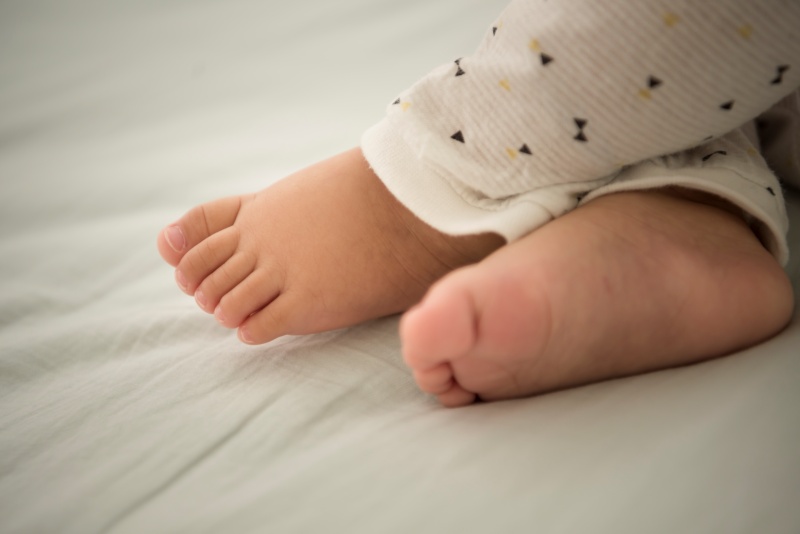
The total fertility rate last year rose for the first time in nine years to reach 0.75. (iClick) *This photo is protected under copyright law and unauthorized reproduction and redistribution are strictly prohibited.
By Jeon Misun
The total fertility rate, or the average number of children a woman is expected to have in her lifetime, rose for the first time in nine years in reaching 0.75.
According to 2024 data on births and deaths released by Statistics Korea on Feb. 26, the number of births last year rose 3.6% (8,300) to 238,300. This consequently raised the rate to 0.75, up three-hundredths of a point.
The number of births had sharply declined for eight consecutive years since peaking at 438,420 in 2015. Plummeting to 357,771 in 2017, the figure since 2020 has remained in the 200,000 range.
The rebound in the rate was likely due to the rise in marriages from August 2022. Last year saw 222,422 marital unions, the largest growth since 1996.
Park Hyun-jung, head of the Vital Statistics Division of Statistics Korea, cited three reasons for the rise in the rate: population structure, views on matrimony and rise in the number of marriages.
By region, Yeonggwang-gun County, Jeollanam-do Province, recorded the highest fertility rate of 1.71. Under its goal to become "a friendly city to have and raise children," the county runs some 50 customized initiatives to that end covering everything from marriage to child care.
Yeonggwang-gun also offers financial incentives for marriage, subsidized treatment for infertile couples, postpartum and newborn care expenses, gifts to congratulate birth and paternity leave payments.
msjeon22@korea.kr